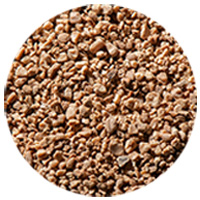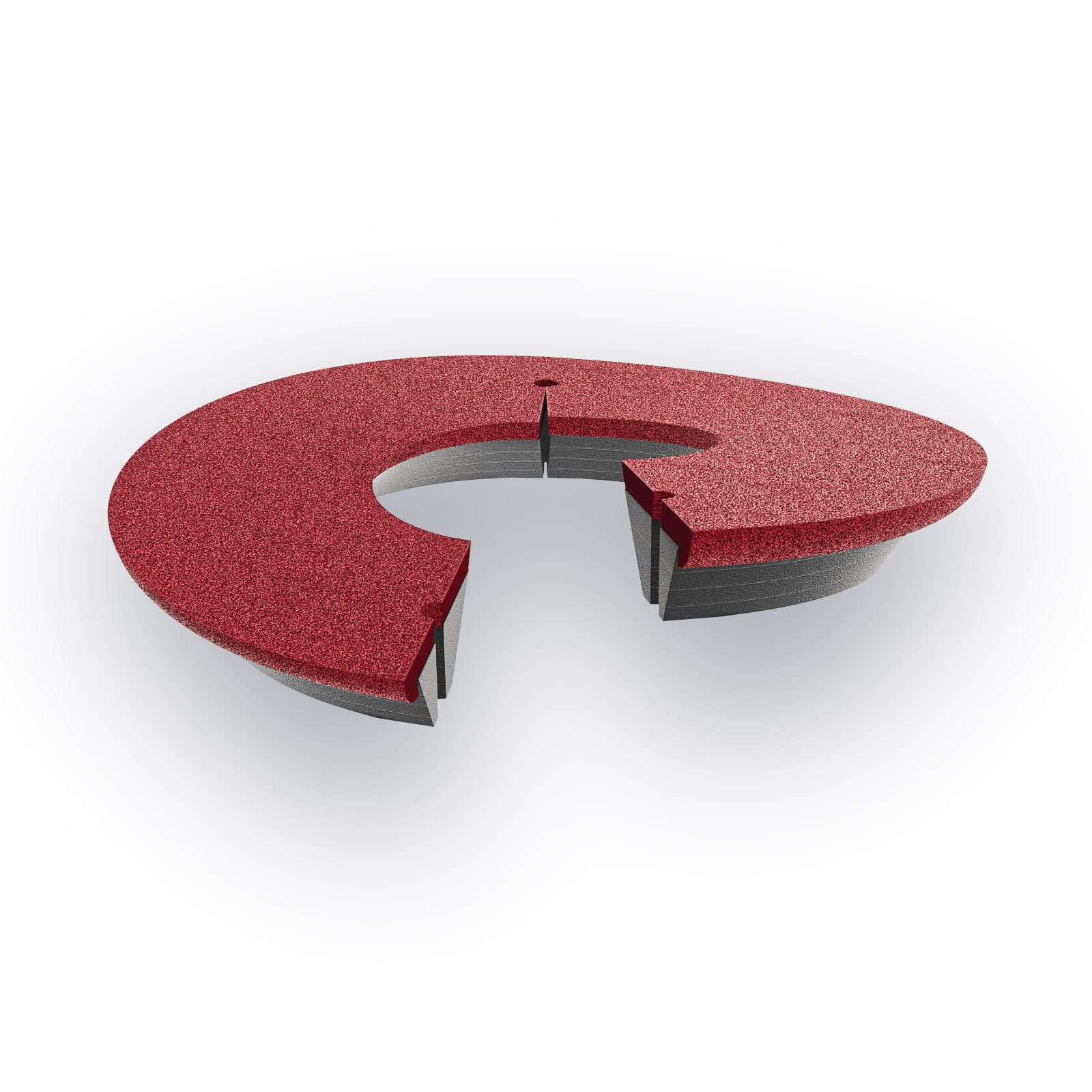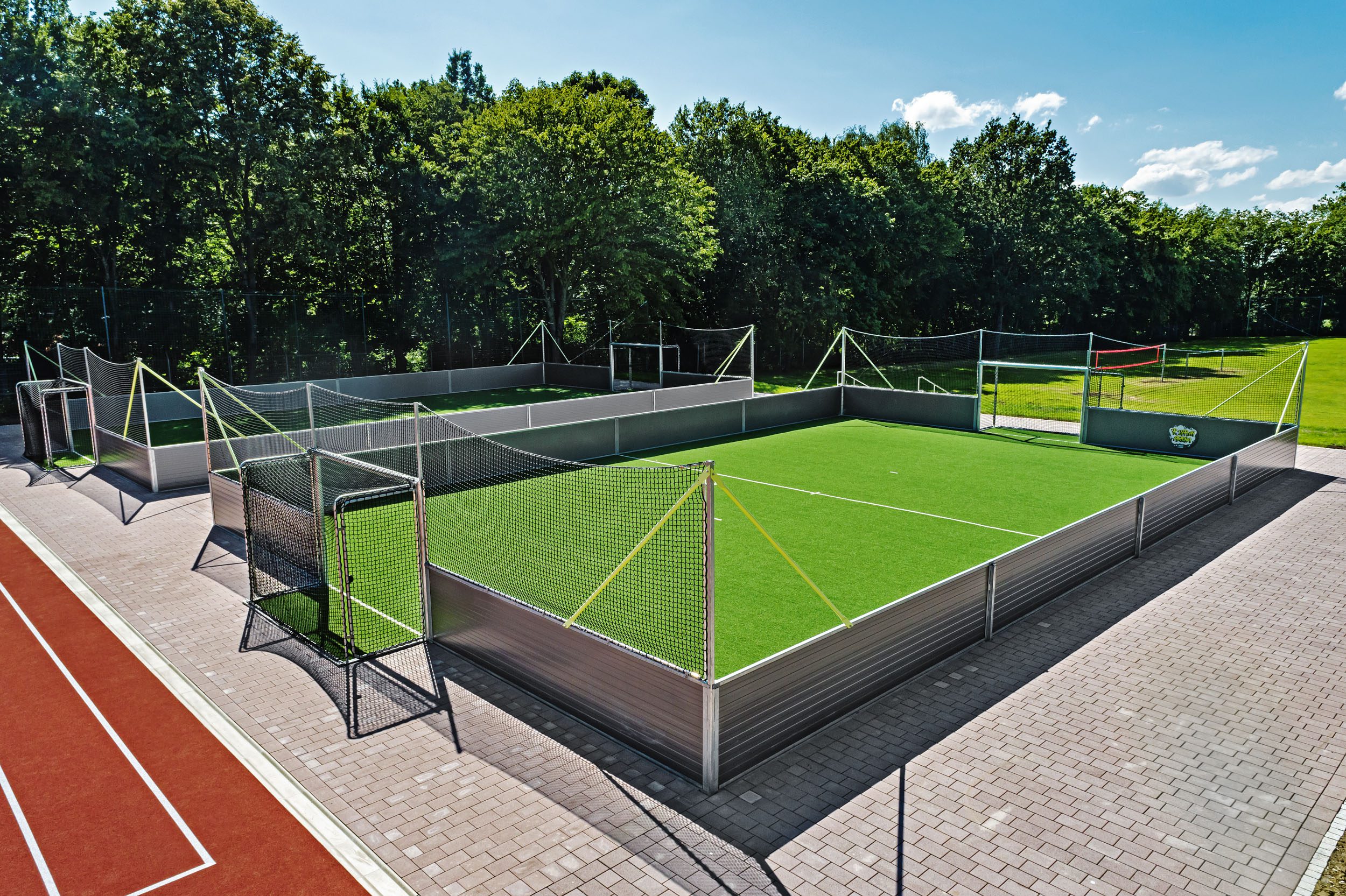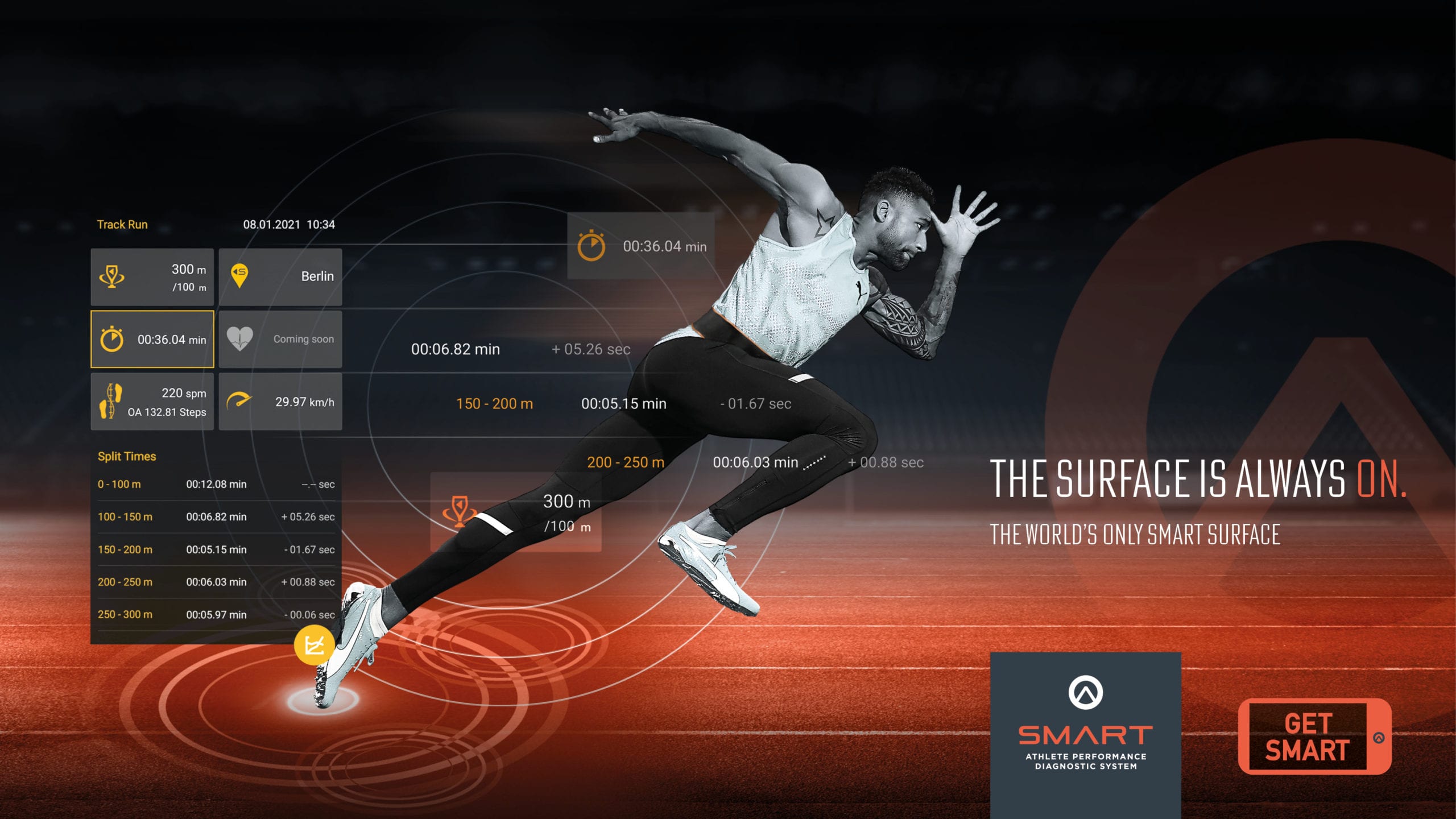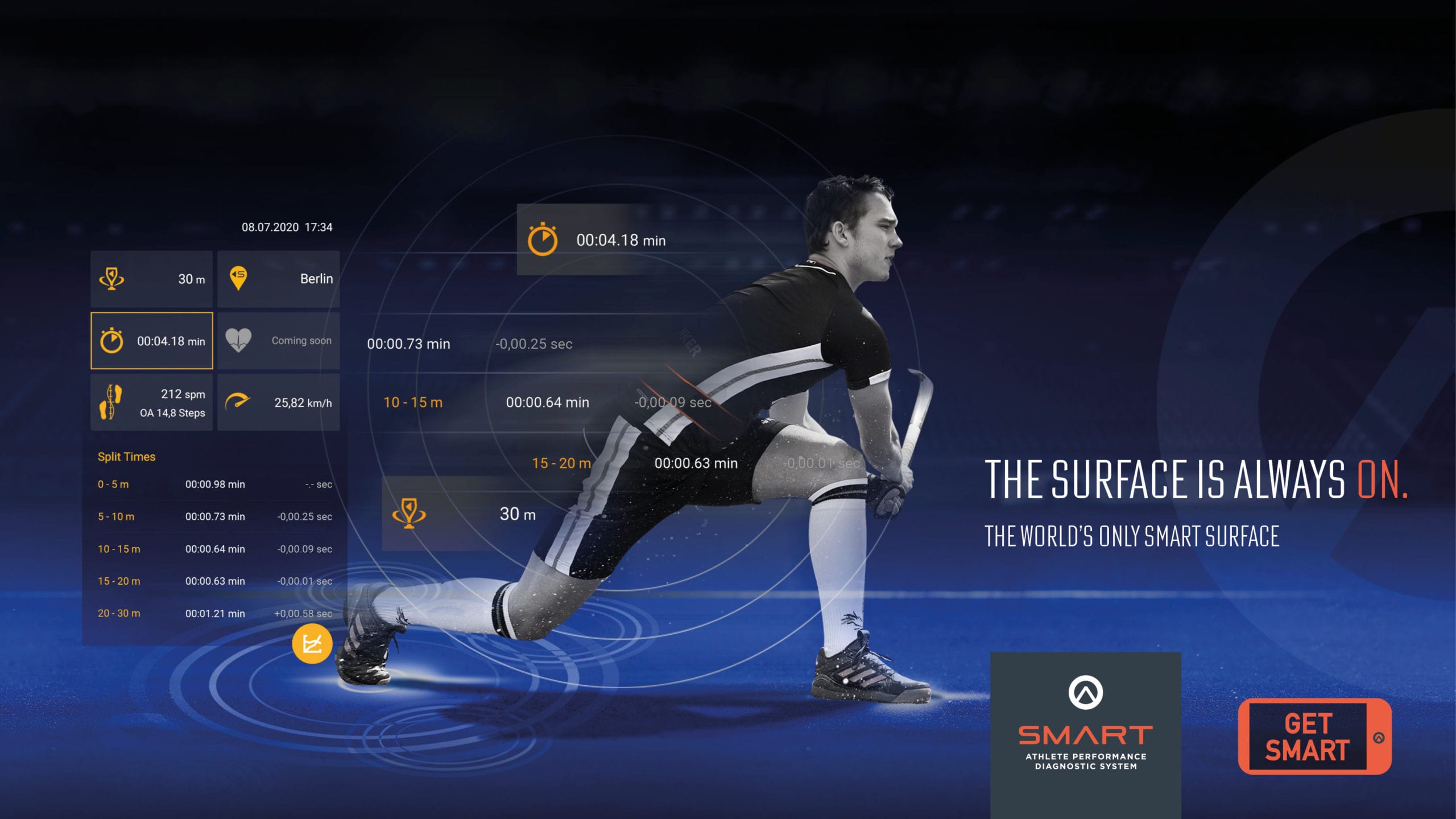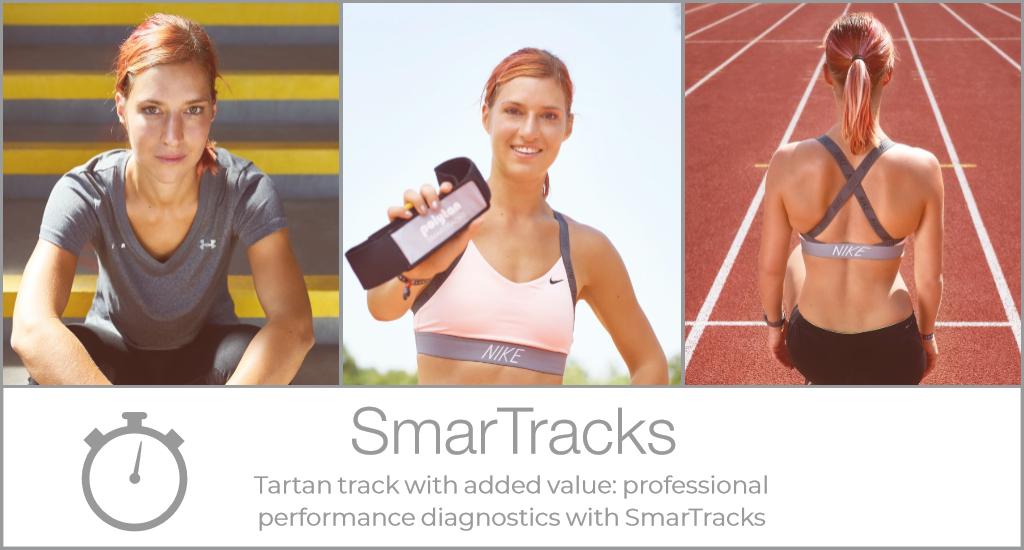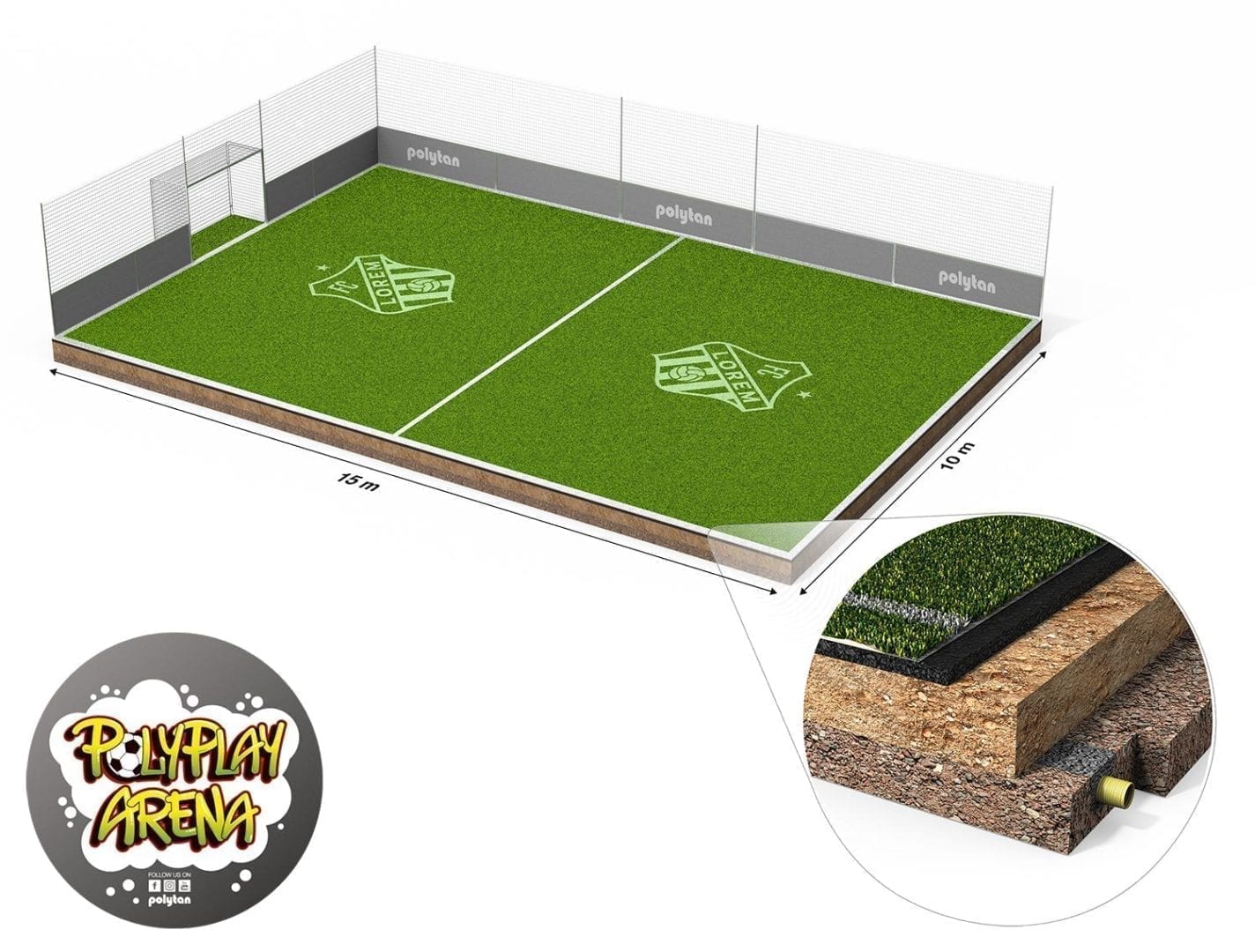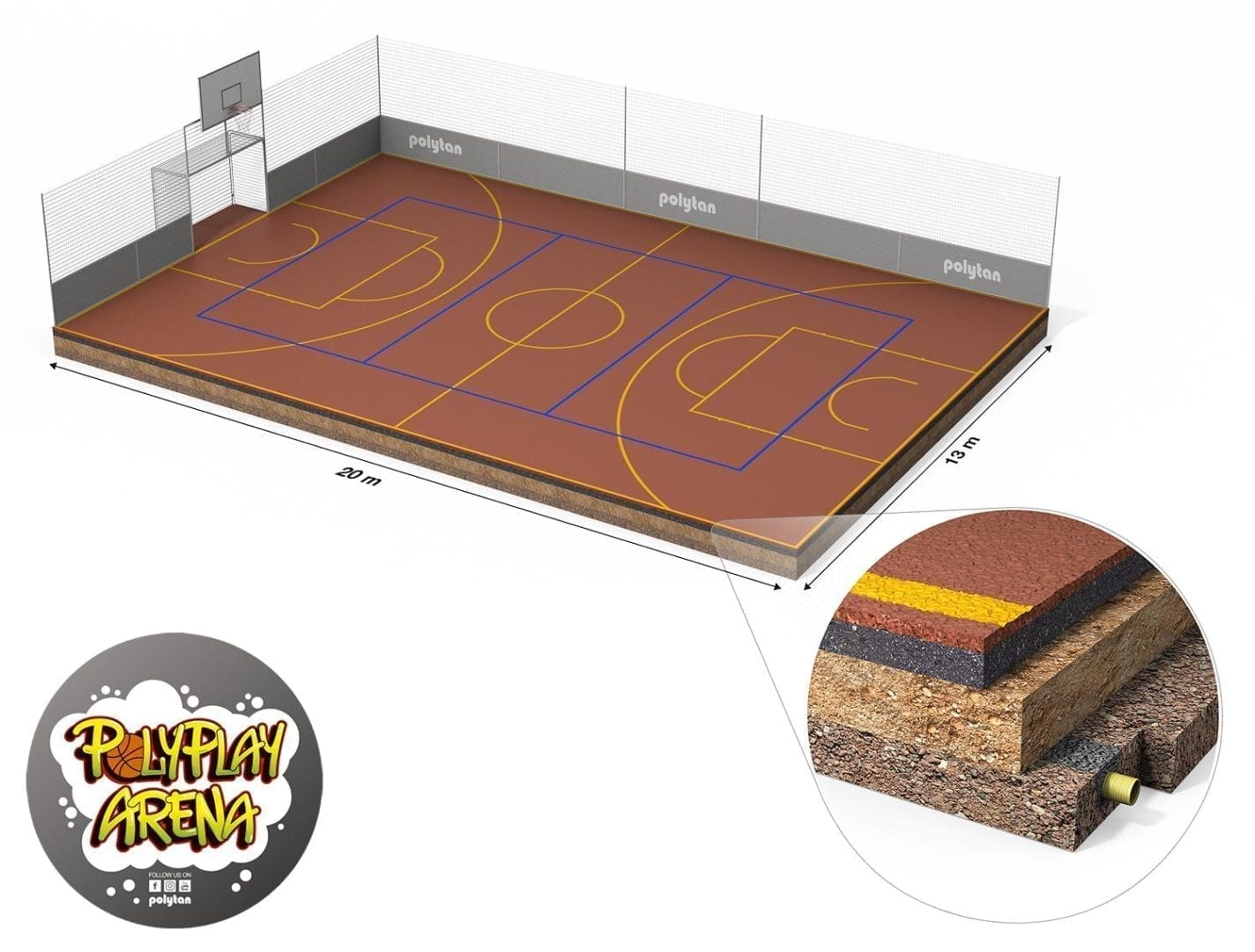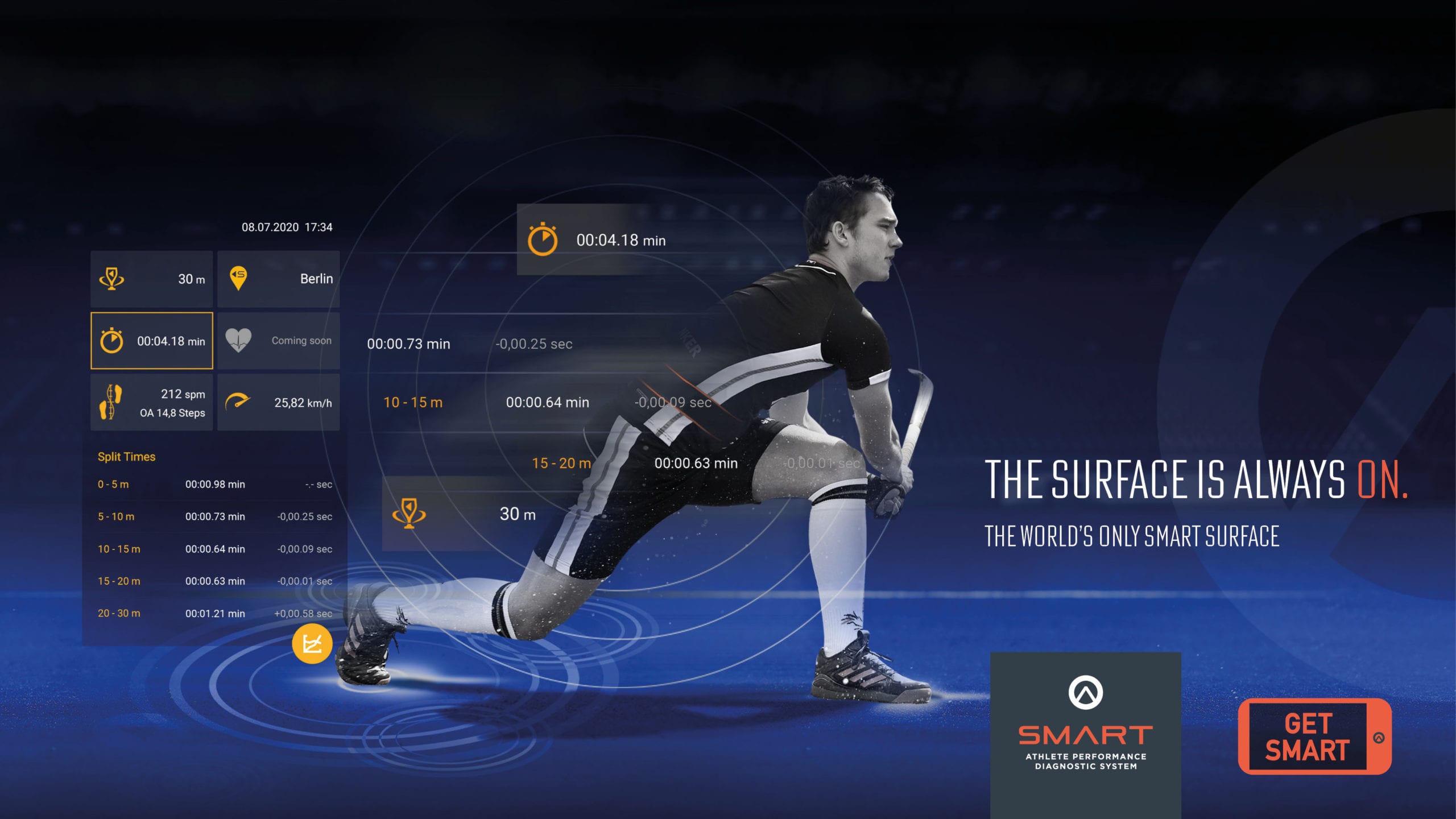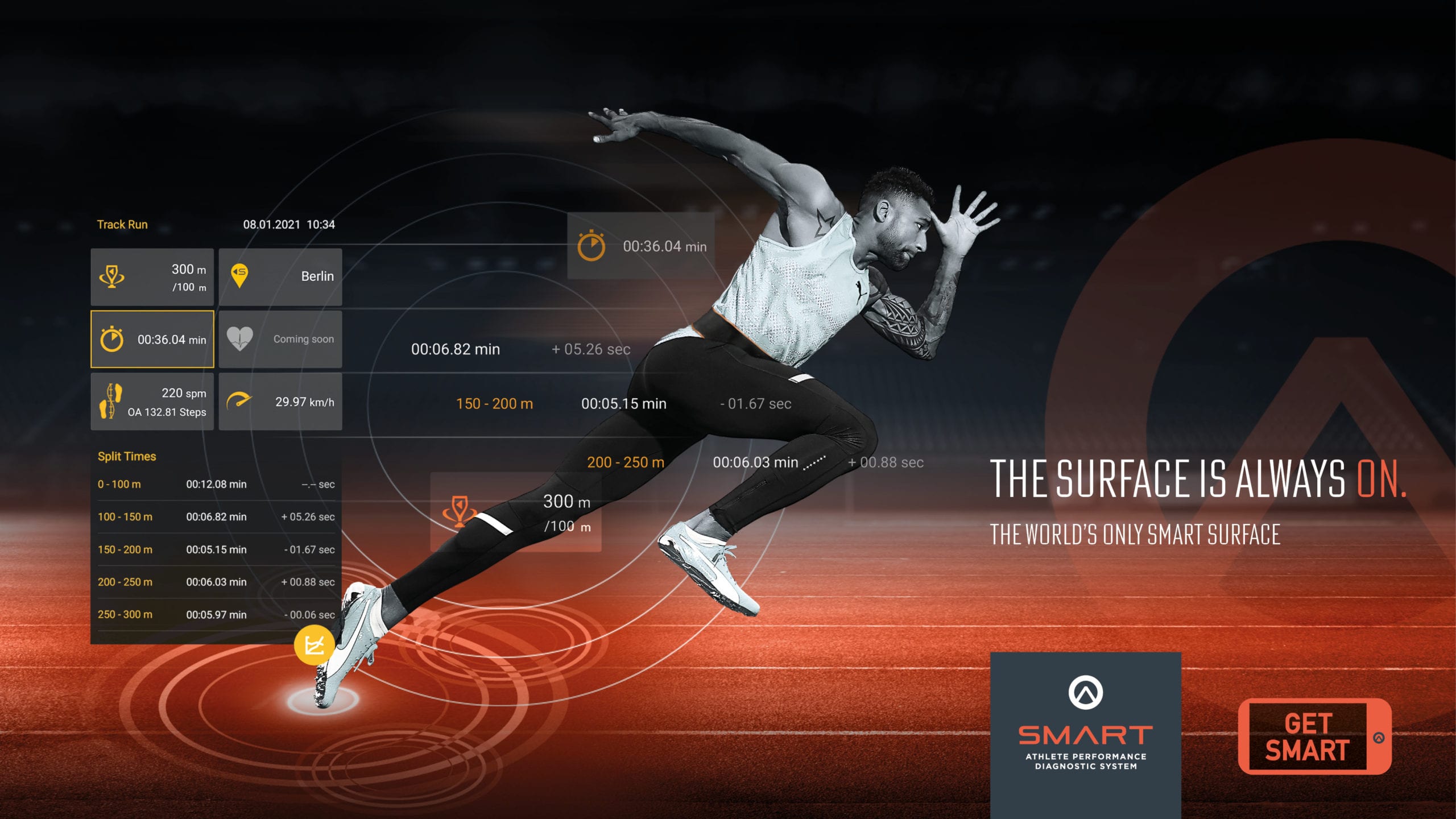In top-level competitive sport today, millimetres and milliseconds count. That’s why it is hard to imagine a time before the methods used for performance diagnostics. More and more amateur athletes are also making use of the possibilities offered by digital performance diagnostics. Everyone, from ambitious professional athletes to amateurs, has a common goal: they want information about their current state of health and their performance as an athlete. Performance diagnostics in the field of sports medicine provides the relevant basic data required to create an individual training programme tailored to the individual athlete, and, as a measure to accompany training, allows the training process to be optimally controlled and managed. Sports clubs and training academies which offer such comprehensive performance diagnostics increase their appeal to new members and potential sponsors considerably, especially when performance diagnostics is combined with an attractive sports facility where all of the relevant data can be gathered, even under competitive conditions. Polytan SmarTracks offers just that. But first of all it is important to examine the possibilities that performance diagnostics offers.
Performance diagnostics in sports medicine
Athletes use various analysis and test methods to produce the best performance diagnostics results. These methods include the lactate step test, for example, in which lactate values and heart rate are measured under different stresses. For training, the stress levels can then be increased continuously at intervals, and the measured values recorded. The stress intensities can be deduced from the aerobic and anaerobic threshold on what’s known as the lactate performance curve.
Another method used in performance diagnostics is spiroergometry, whereby physical performance is measured via respiration. Athletes usually run on a treadmill or ride a bicycle, and respiratory gases are recorded and measured in real time by means of a mask with sensors. With spiroergometry, it is possible to determine in exactly which range fat metabolism is trained for basic endurance and the stress level at which oxygen absorption can be improved for maximum performance. Polytan offers another highly effective method: SmarTracks.
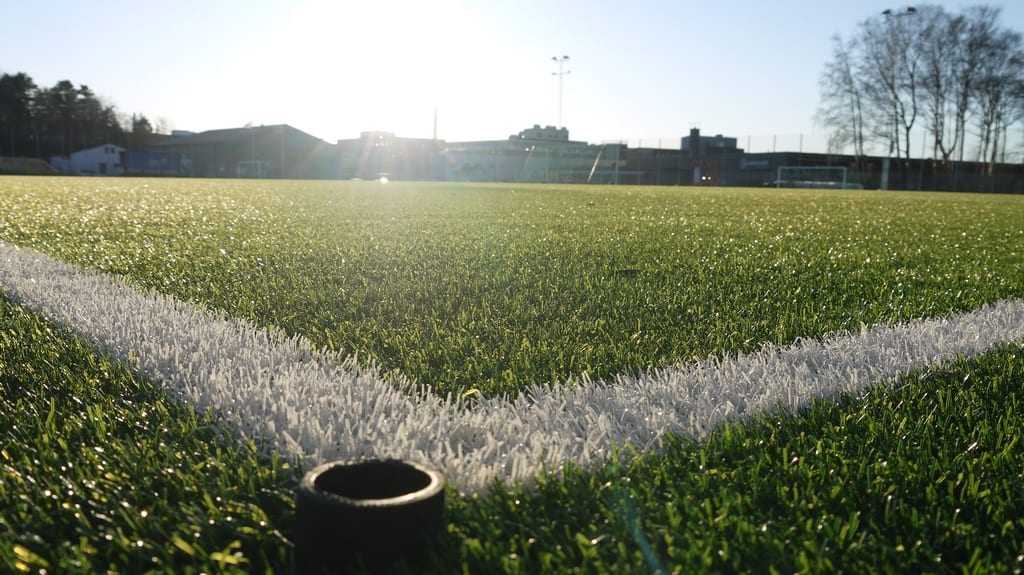
Performance diagnostics for a variety of sports
SmarTracks offers not only performance diagnostics but precise time measurement, whereby running time, speed, step length, step frequency and step height are all recorded. This makes SmarTracks suitable not only for classic track athletics disciplines, such as short, medium and long-distance running, hurdles and relay running, but for long jump or pole vault too, where the system can be used to record key parameters and improve them with targeted training.
In team sports like football, rugby and hockey, SmarTracks enables agility tests, for example measuring sprinting ability, dynamics when changing direction, jumping ability and much more, to be performed automatically. All in all, the diagnostic possibilities of SmarTracks go far beyond just timekeeping. Another special feature of this technology is that the motion data of multiple athletes can be recorded simultaneously and then compared. But the question is: how does SmarTracks actually work?
How does SmarTracks work?
The Polytan SmarTracks system is based on the interaction of three components:
SmarTracks timing gates invisibly integrated into the running track or playing field.
A waist belt with a wearable sensor weighing just 12 g, which does not restrict or hinder the athlete’s freedom of movement. It can easily be worn as a belt or clip on the body.
The tried-and-tested SmarTracks Diagnostics software from our partner Humotion. This company specialises in the collection and analysis of human motion data.
Combined with the timing gates, all key parameters are recorded via the SmarTracks sensor and clearly displayed and evaluated using the SmarTracks diagnostics software on a laptop. Alternatively, the system can also be used directly on a smartphone together with a special app. We have developed the free SmarTracks Athlete app for Android smartphones especially for amateur athletes. The smartphone is worn in a standard running belt. This means the software can use the sensors present in the smartphone in an optimal manner and record all of the relevant parameters in combination with the SmarTracks timing gates. The data can then be evaluated and analysed directly in the app. The free SmarTracks Athlete app can be downloaded to your smartphone from the Google Play Store here:
Katie Snowden
Katie Snowden
Timing Gates
Timing Gates
ADVANTAGE SMARTRACKS
The data acquisition system of the Polytan SmarTracks system is suitable for all Polytan synthetic surfaces for outdoor sport, i.e. for Tartan tracks such as artificial turf systems. It can also be easily retrofitted into existing athletics facilities. The timing gate works when two round magnetic elements (600 mm long and 25 mm thick) are completely sunk into the ground at a distance of 1.0 m to 1.30 m. One Tartan track requires two magnetic elements, two tracks require three, three tracks four, and so on. We recommend a minimum distance of 5 m between the timing gates in the direction of running. Polytan SmarTracks has several advantages over other time recording systems (such as light barriers, GPS or video evaluations):
- Low measurement tolerances
- 100% protection against vandalism
- Can be used by multiple athletes in parallel
- Use is not dependent on weather conditions
- No time-consuming set-up and dismantling of technical equipment
- Simple yet versatile application
- Automated analysis
German sprinter Tatjana Pinto has had good experiences with SmarTracks. She has already been German champion and European champion, and has won the gold medal in the sprint relay at the World Relays: “It’s great that SmarTracks is an invisible system and doesn’t bother me while I train. I can easily carry out my training programme and I get quick feedback on my performance.”
Andreas Klose is a research assistant at the University of Münster’s Institute of Sports Science, as well as a physiotherapist and a high jumper himself. He describes his experiences with Polytan SmarTracks: “My experience of using the system day-to-day has always been extremely positive. The technology is versatile and can be used no matter what the weather conditions. It can also be activated quickly. The sensor is small and handy and provides all of the relevant data I need for performance diagnostics as a basis for training recommendations. I also use the system to document my own performance.”
One performance diagnostics system for all performance classes
Polytan supplies SmarTracks in five versions: “Professional”, “Performance”, “Basic”, “Sprint” and “School”. All performance classes are taken into account – from school sports to recreational sports, right through to elite sport. Individual training plans can of course be incorporated into all versions. Not only can the training plans be adapted to individual athletes, so can the SmarTracks system itself: In Berlin’s Mommsen Stadium, for example, one lane of the running track was designed to meet the particular requirements of a relay training course. This means that the distances between the magnetic elements are 10 m, and in the sensitive exchange zone only 5 m. The first athletics facility with SmarTracks technology was installed in Osnabrück back in August 2008. A facility on the grounds of the University of Münster, where Andreas Klose also trains, has been in daily use for five years. SmarTracks was deployed for the third time in spring 2016 on the training ground of sports club TSV GutsMuths Berlin 1861. As in Münster, the magnetic timing gates were integrated into the Rekortan M Tartan track, which offers both speed and excellent damping properties.
The number of completed or planned sports facilities with Polytan SmarTracks now stands at 27 (summer 2018). We are particularly pleased that SmarTracks is being used not only in Germany, but that it is also represented on the international stage – with sports facilities in the USA (Cheney Park, Atlanta), Australia (La Trobe University, Bendigo), the UK (Kingsmeadow Athletics Track, Kingston upon Thames) and the Czech Republic (Stadion Juliska, Prague). Among the numerous German facilities are the Olympiapark Berlin, the University of Giessen and the University of Hamburg. We are also continuing to develop SmarTracks technically. The system is currently being tested in sports halls, for example, where iron or steel components may interfere with the magnetic field of the timing gates. For this reason, we recommend that the ground conditions are also clarified before installation outdoors.
Buying a Tartan track? Don't forget to add SmarTracks!
Last but not least, a tip for those wanting to buy or redevelop a Tartan track: consider a data acquisition system like SmarTracks. The automatic performance recording makes you extremely attractive to athletes and a valuable partner in training. So if you’re buying a Tartan surface, check with the manufacturer. Polytan will be happy to assist you here as your contact partner. The Polytan SmarTracks system offers a unique opportunity for data acquisition and analysis. We are also on hand during the planning phase of the Tartan track in terms of construction and costs.
Conclusion
With SmarTracks, Polytan not only offers track and field athletes a precise data acquisition system for training diagnostics without complex technical structures. Alongside the speed and excellent damping properties of Polytan Tartan tracks, the sophisticated sensor technology of SmarTracks offers an ideal training foundation for all performance categories – from school sports to recreational sports right through to elite sport. With SmarTracks, clubs and associations can offer athletes professional training conditions, which naturally increases the attractiveness of their sports facilities for members and sponsors. Trainers and athletes benefit in two ways: from comprehensive training analysis using diagnostics without a specialist, and from direct performance comparison with other athletes under competitive conditions.
